2025 holiday shopping trends: Tariffs, trust and timing

As the poem goes: “Consumers scour social media with care, knowing that the holidays will soon be here.” Or something like that.
The most wonderful time of the year is fast approaching, and the influence social has on consumer purchasing behavior is undeniable. According to the Q4 2025 Sprout Pulse Survey*, a staggering 80% of consumers plan to use social as much if not more to find gifts compared to last year. 63% of Gen Z and 51% of Millennials plan to use social more.
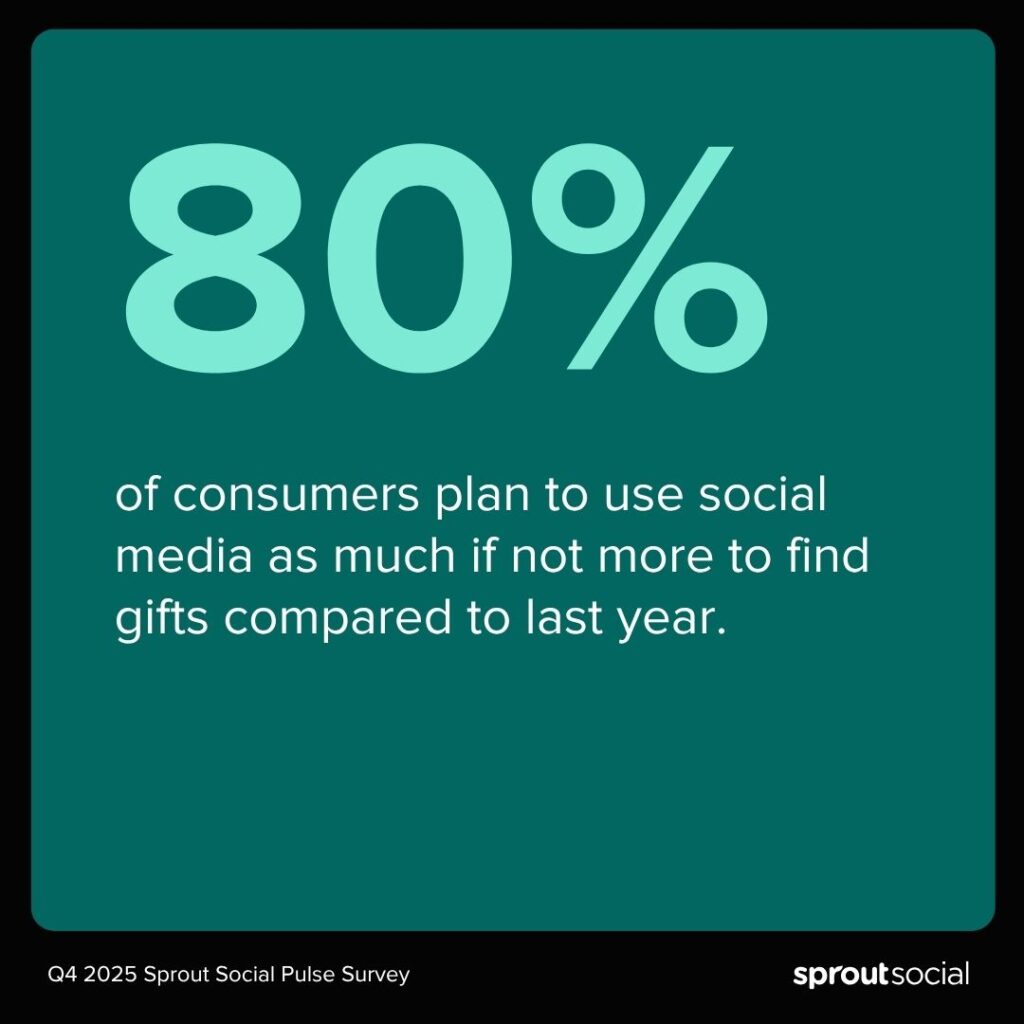
Social has evolved into consumers’ favorite holiday marketing resource: a one-stop destination for discovering gifts, finding the latest deals and seeking customer service. In this article, we’ll uncover key holiday shopping trends on social, like when consumers want brands to kick off their holiday campaigns, where consumers will look for gift ideas and what they’re shopping for, and how social media will play a key role in the customer experience.
Audiences unfazed by earlier holiday shopping campaigns
Holiday milestones (and marketing) are starting sooner than ever. Social users celebrated Summerween in July, Starbucks launched their pumpkin spice latte in August and the Hallmark Channel started promoting Christmas movies in September.
Yet, social users aren’t fatigued by the holiday season stretching to six months. 44% of social users say they are more likely to buy from brands that launch their fall and winter holiday marketing campaigns as early as August. This rises to up to 63% for Gen Z and 53% for Millennials.
But when do they actually want holiday marketing to start? The earlier the better, apparently. 45% of social users think brands should launch holiday campaigns between August and September, while 38% say between October and November.
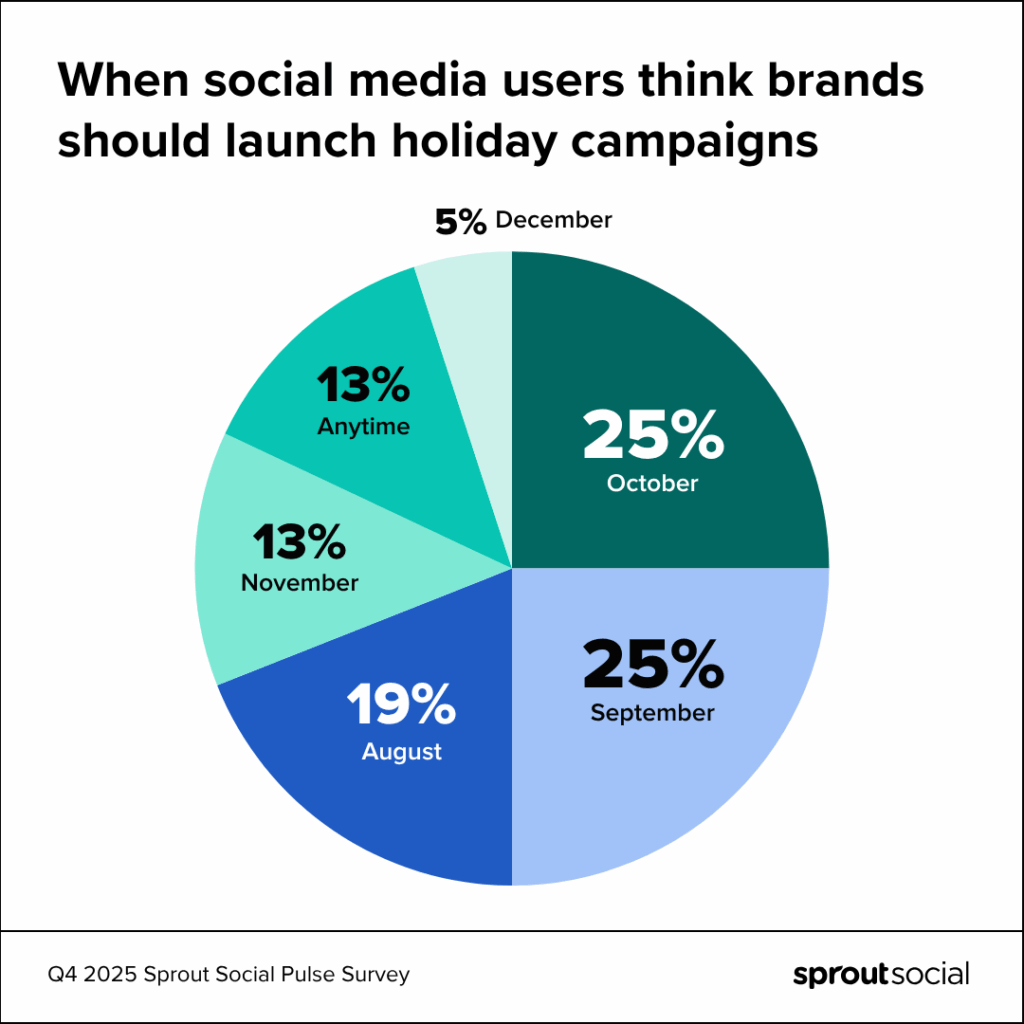
There isn’t one perfect time to start your holiday marketing campaign, and you shouldn’t count your brand out if you haven’t launched one yet. But it’s important to realize that the later you launch a campaign, the more difficult it will be to grab consumer attention. Consumers started their holiday shopping early this year, for fear of how tariffs will impact prices in the final months of 2025, and many have already made a significant dent in their shopping lists.
We expect this elongated holiday season to continue for many years to come, so you can use these consumer preferences to shape your planning in 2026 and beyond.
Social remains a top source for holiday shopping and product discovery
Where do consumers look for gift ideas? Their #1 destination is physical stores, followed closely by social media. Although, Gen Z and Millennials say social is actually their top choice, and that includes where they’ll look for Black Friday deals. Whether it’s typing specific items in the search bar (i.e., “perfect holiday gifts on a budget”) or stumbling across user-generated content, social will play a dominant role in product discovery this holiday season.
When consumers scroll, promo codes are most likely to stop them in their tracks and motivate them to buy (a consistent finding year-over-year). 44% of consumers are planning to reduce their holiday spending due to tariffs, reaffirming how much budget consciousness will define this holiday season. Your campaign creative needs to emphasize value—even more than years past.
Who users trust for holiday gift recommendations
Consumers are also being more discerning with their dollar—trying to find the best quality for the price. Quality can be difficult to size up through a screen, which means consumers have to be resourceful when researching products they find online.
Above all, people trust people when it comes to finding the best holiday gifts on social media. Over half of consumers say they turn to their family and friends for recommendations. Another 38% look to other users’ comments.
Only 35% of consumers are swayed by influencer or brand posts, and that falls to a mere 21% when it comes to paid ads. While an influencer cosign might inspire people to shop for themselves, they want validation from unbiased consumers when shopping for loved ones.

That doesn’t mean you should throw out your influencer marketing holiday strategy. But it is a poignant reminder that sponsored content isn’t the end-all-be-all during the holiday season. You must also pay close attention to organic conversations happening about your industry and brand so you can stay one step ahead of negative feedback and insert yourself into online culture.
Like when Ralph Lauren realized #RalphLaurenChristmas was trending, and used the viral hashtag to promote their latest holiday home decor line. The retailer’s content fits in seamlessly with user-generated conversations praising the aesthetic, which shows the brand’s fans the marketing team is listening. We predict Ralph Lauren’s entire holiday strategy will be rooted in this social-coined term.
What audiences are shopping for and who they’re buying from
While there’s been more discourse around experiential gifts, tangible products continue to top consumers’ lists. Over half are shopping for clothes, while one-third are shopping for toys, jewelry and accessories. Consumables (food, beverages and restaurant gift cards) aren’t far behind, neither are electronics and games.
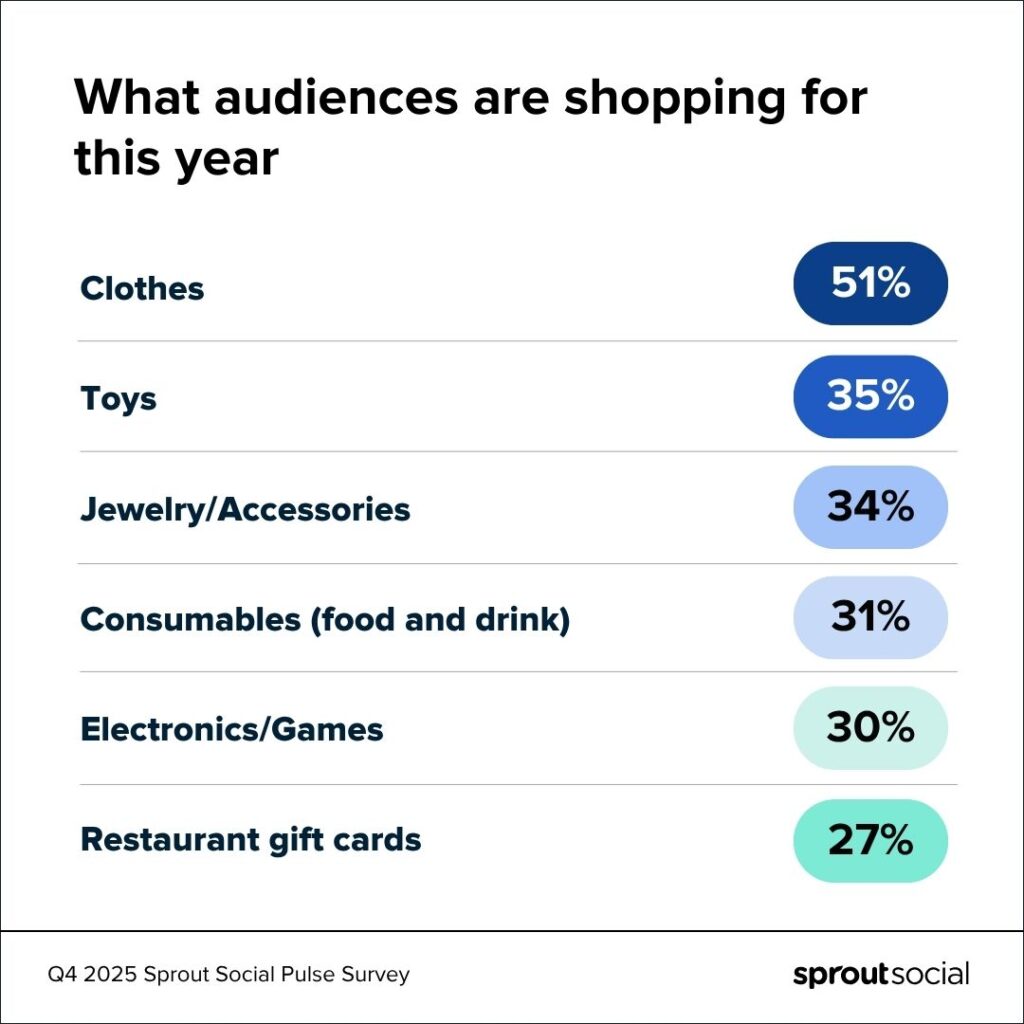
During this holiday season, consumers are more likely to stick with brands they already know—like iconic UK department store Marks & Spencer. The same survey found that almost half of social users plan to buy mostly from companies they’ve shopped with before. Only 35% plan to buy from some companies they haven’t shopped with yet.
Interestingly, Gen Z and Millennials are more likely to research and buy from companies they haven’t purchased from before. Where will they turn to conduct this research? Social media. Gen Z especially is more likely to turn to social to find information (more so than even traditional search engines). To reach new, younger consumers, brands need to optimize their content for discoverability and social search.
How holiday shopping trends impact customer care
Compared to the 2024 holiday season, 65% of users plan to use social as much if not more to get customer service questions answered.
They are most likely to turn to Facebook (50%), Instagram (32%), newcomer Bluesky (28%) and TikTok (24%) to contact brands during the holidays. DMs are still the preferred method for reaching out to brands across generations, but Gen Z is more likely to reply to brand Stories—a generational difference marketers need to prepare for.
With the holiday rush, many brands are likely to turn to AI to help deal with the influx of customer messages. 69% of consumers are comfortable with brands doing so. This number rises to 78% for Millennials and Gen Z.
Even with the use of AI, brands still need to make a plan to prioritize personalized, timely customer service. The 2025 Sprout Social Index™ found that if a brand doesn’t respond on social, they’ll buy from a competitor. Leaving people with only a canned chatbot response isn’t going to cut it.
Use holiday shopping trends to set your brand up for a happy new year
Consumers are turning to social not just to discover gifts and deals, but to make informed, trusted purchase decisions shaped by friends, family and other users. As tariffs tighten budgets and timelines shift earlier, brands that blend originality, responsiveness and value will stand out. Whether through early promotions, relatable content or seamless service, social media is the foundation of consumers’ holiday shopping experience.
To make your brand more discoverable during the ‘ber months, use this workbook to optimize your content for social search optimization.
*About the data
Unless otherwise noted, all data cited in this article is from a Q4 2025 Pulse Survey of 2,270 consumers in the US, UK and Australia conducted by Panoplai on behalf of Sprout. The survey was conducted online from September 25 to September 28, 2025.

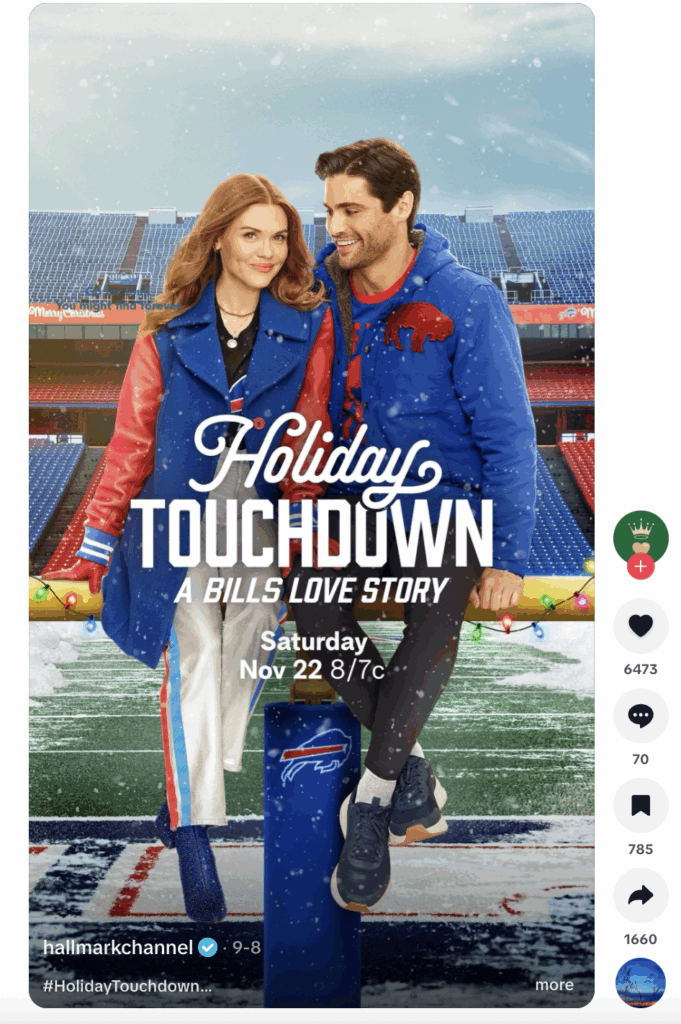
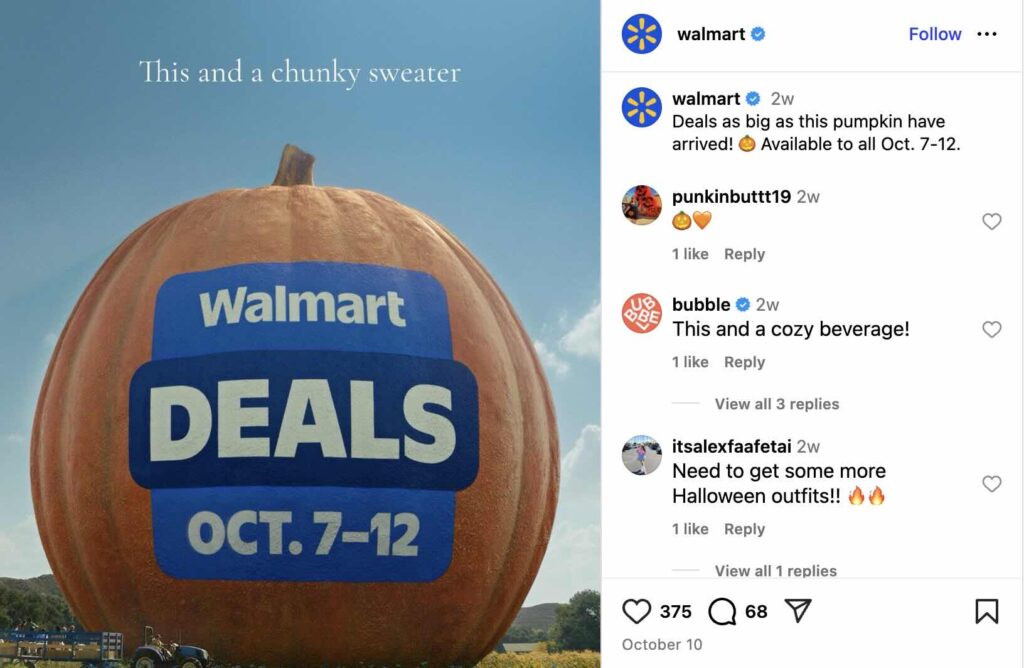
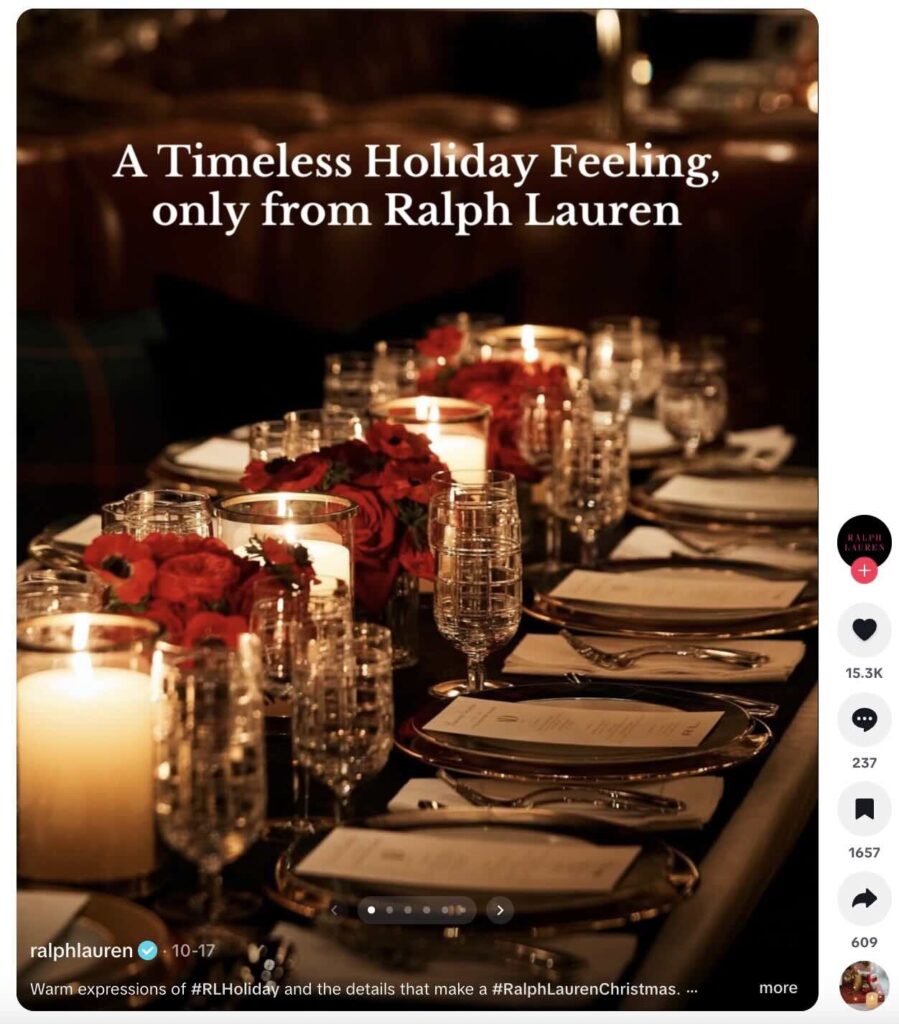
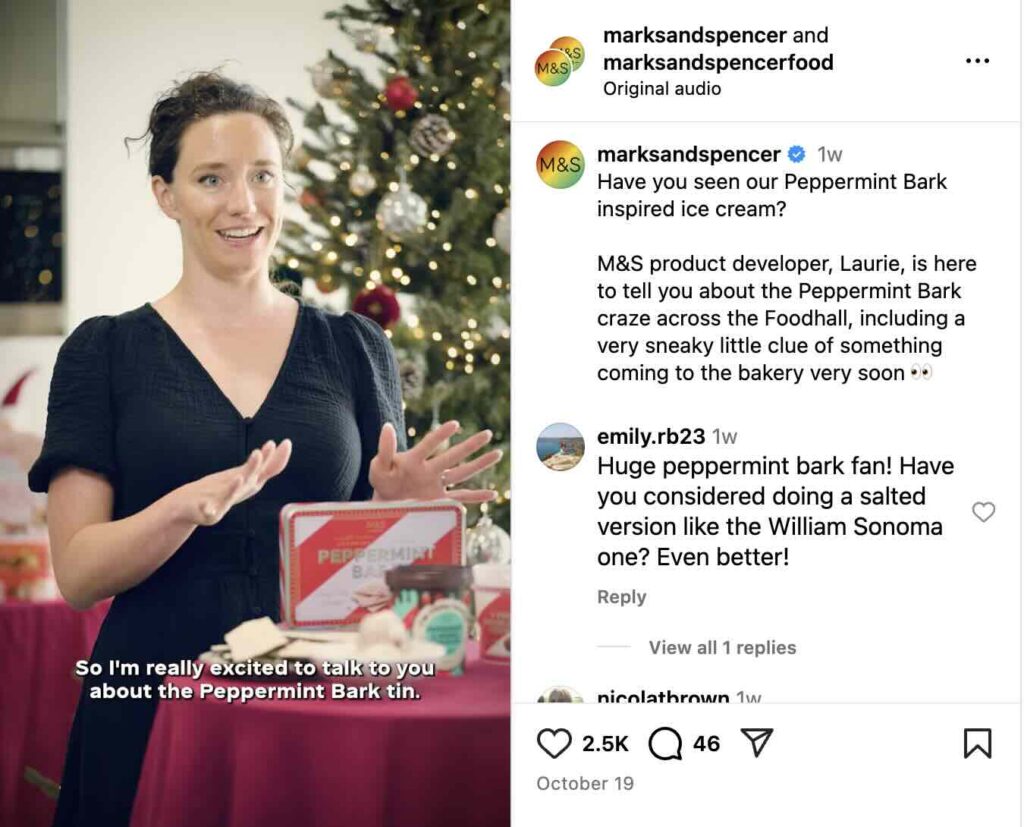

Share